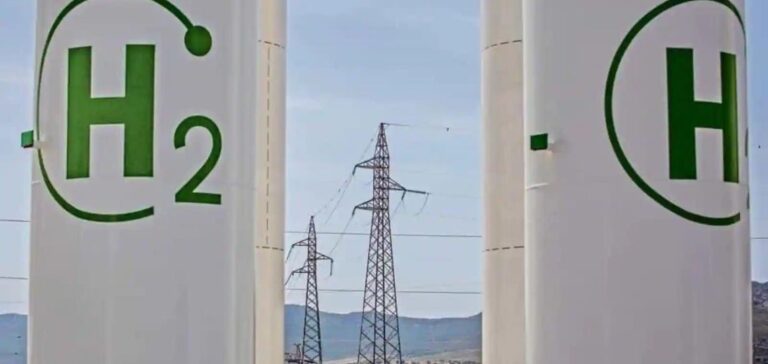India announces a $2 billion plus plan to develop renewable hydrogen production and reduce CO2 emissions.
Financial incentives
With this program, India plans to reduce emissions and become a major export player in this field. The goal of the program is to reduce the cost of producing renewable hydrogen by one fifth over the next five years. Thus, the country intends to increase the scale of the renewable hydrogen industry.
The United States and the European Union are already approving billions of dollars worth of incentives for renewable hydrogen projects. The Indian aid would come in the February 1 budget for the fiscal year beginning April 1. Indian companies such as Reliance Industries, Indian Oil, Adani Enterprises or JSW Energy have big plans for renewable hydrogen.
The Indian government expects the industry to invest Rs. 8 trillion in renewable hydrogen. In addition, it expects investments in ammonia by 2030. In addition, the renewable hydrogen proposal will likely be called Strategic Intervention for Green Hydrogen Transition (SIGHT).
The proposal will be divided into 45 billion rupees for the manufacture of electrolyzers for five years. In addition, 135 billion rupees will be used for renewable hydrogen and ammonia production for three years. In addition, the incentive for renewable hydrogen production in India is likely to be Rs. 50 per kilogram for three years.
Towards an export market
India aims to sell 70% of its production to countries such as South Korea and Japan. Moreover, the European Union also appears as a market. According to the government, derivatives such as ammonia are in equally strong demand.
In India, the government estimates that global demand for renewable hydrogen will exceed 100 million tons by 2030. In February New Delhi announced that it would produce 5 million tons of renewable hydrogen per year over the same period. A figure that, according to the first government official, could double, depending on international demand.
India also plans to reach 15GW of electrolyzer capacity in stages by 2030. This would represent almost 10 times the current world capacity. In addition, the American company Ohmium International commissioned the country’s first renewable hydrogen plant in Bengaluru.
Reliance Industries, Larsen & Toubro, Greenko and H2e Power announced last year their plans to build multi-gigawatt plants. Indian oil refineries and fertilizer and steel plants use 5 million tons of hydrogen each year. However, it is obtained from natural gas requiring a process that produces carbon dioxide.





















